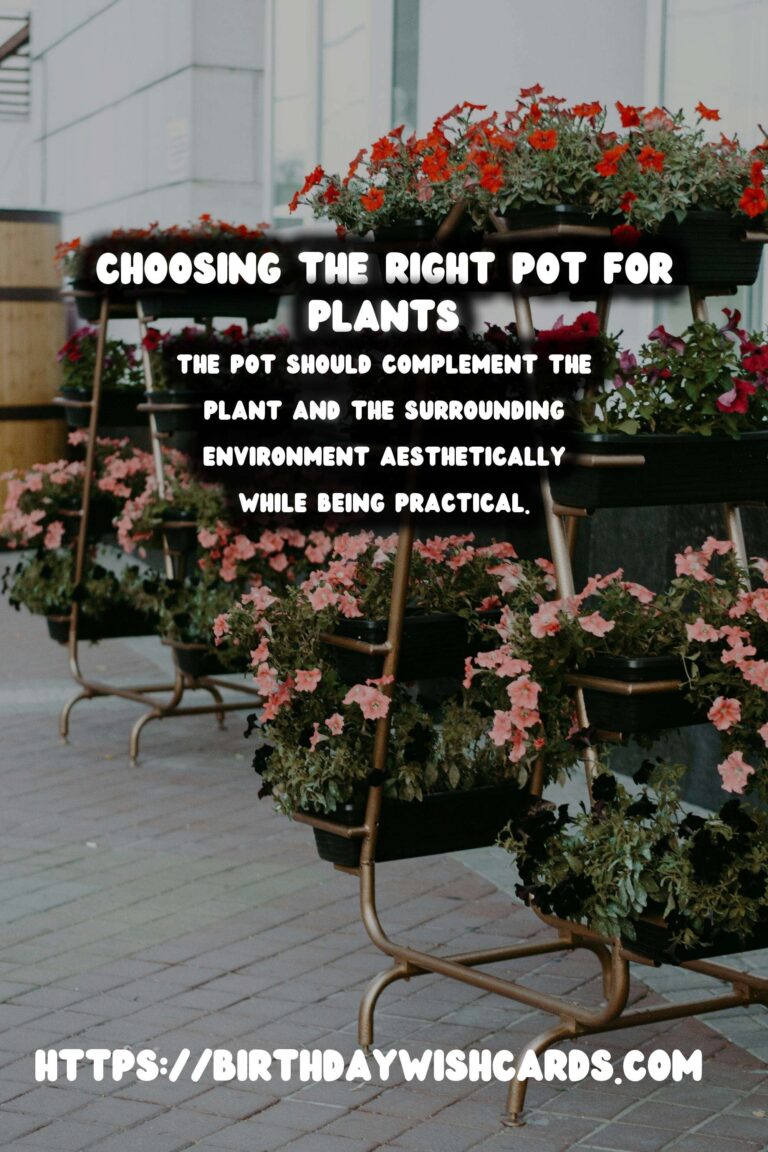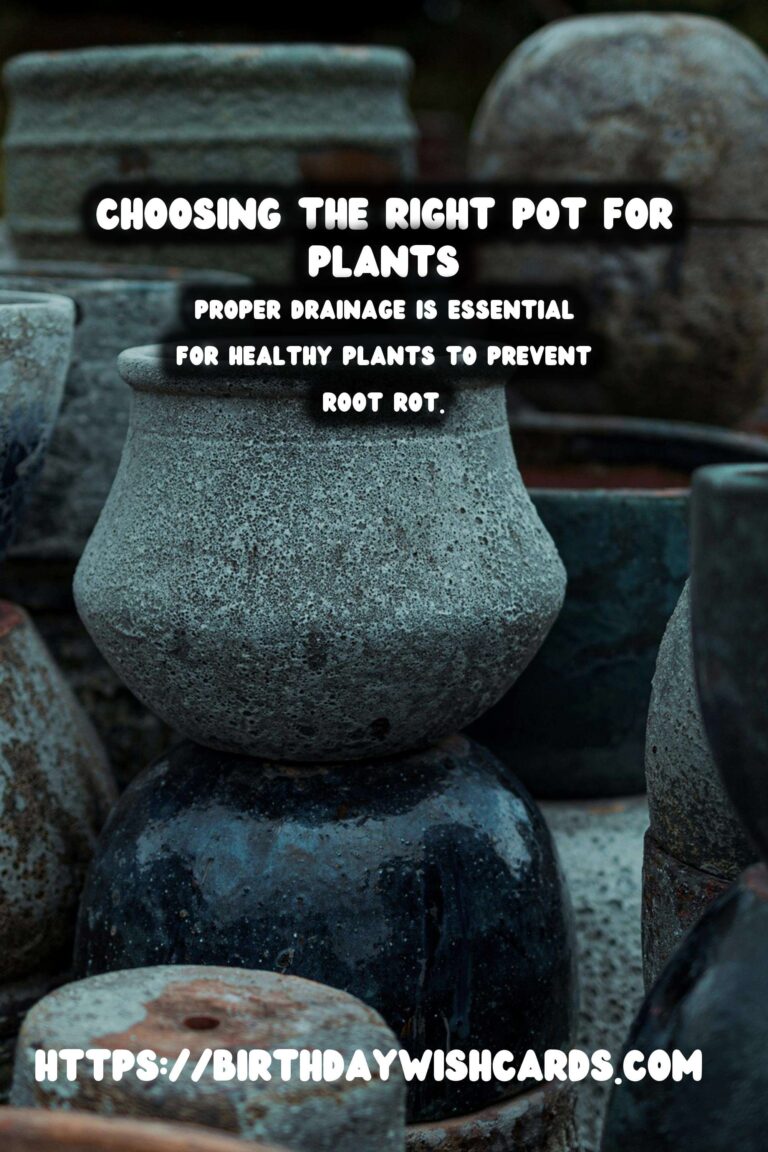
Choosing the right pot for outdoor plants is crucial to ensure their healthy growth and sustainability. The right pot can make a significant difference in how your plants thrive, withstand weather conditions, and complement your garden aesthetics.
Understanding Plant Needs
Before selecting a pot, it’s essential to understand the specific needs of the plant. Different plants require different conditions to flourish, such as soil type, drainage needs, and exposure to sunlight.
Material Considerations
The material of the pot is a critical factor. Common materials include ceramic, plastic, metal, and terracotta. Each material has its advantages and disadvantages, affecting durability, weight, and insulation.
Ceramic Pots: These are often chosen for their aesthetic appeal. However, they can be quite heavy and may not be the best choice for large plants that require frequent moving.
Plastic Pots: Lightweight and affordable, plastic pots are easy to move and come in various styles. They may not provide the best insulation against temperature changes.
Metal Pots: Sleek and modern, metal pots add a contemporary look to your outdoor space. They can, however, heat up quickly, which might be detrimental to plant roots.
Terracotta Pots: Known for their classic appeal and breathability, terracotta pots allow air and moisture to penetrate, benefiting plant roots. They can be fragile and prone to cracking in cold weather.
Size and Shape
The size and shape of the pot are also crucial. The pot should be large enough to accommodate the growing roots of the plant. A pot that is too small can stunt growth, while one that is too large may hold excess water, leading to root rot.
Depth: Consider the root system of your plant. Deep-rooted plants require pots with more depth, whereas shallow-rooted plants will do well in wider, shallower containers.
Shape: The shape of the pot can affect root development. Round pots are generally good for most plants, but some plants might benefit from a more angular container to encourage even root growth.
Drainage
Proper drainage is essential for healthy plants. Ensure that the pot has drainage holes to prevent water from pooling at the bottom, which can lead to root rot. If you choose a pot without drainage holes, be prepared to drill some or use it as a cachepot, where the plant sits in a separate inner pot with drainage.
Aesthetic and Practicality
While functionality is crucial, the aesthetic appeal of the pot should not be overlooked. The pot should complement the plant and the surrounding environment. Choose colors and styles that enhance your outdoor space while remaining practical for the plant’s needs.
Weather Conditions
Consider the local climate when selecting a pot. Some materials may not withstand extreme temperatures. For instance, metal pots may overheat in direct sunlight, while terracotta pots may crack in freezing conditions.
Mobility and Placement
Think about whether you need to move the pots frequently. If so, opt for lightweight materials or pots with wheels. The placement of the pot can also affect the plant’s growth, so ensure the chosen pot fits well in its intended location.
Conclusion
Choosing the right pot for outdoor plants involves considering the plant’s needs, the pot’s material, size, shape, drainage, and aesthetic value. By taking these factors into account, you can ensure your outdoor plants thrive and enhance your garden’s beauty.
Choosing the right pot for outdoor plants is crucial to ensure their healthy growth and sustainability. The material of the pot is a critical factor as it affects durability, weight, and insulation. The size and shape of the pot should accommodate the growing roots of the plant. Proper drainage is essential for healthy plants to prevent root rot. The pot should complement the plant and the surrounding environment aesthetically while being practical.
#OutdoorPlants #GardeningTips #PlantCare #Gardening #PlantPots

